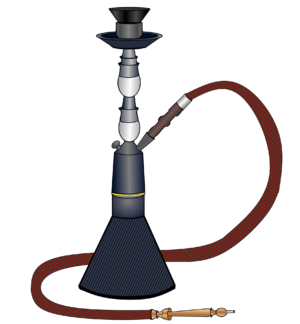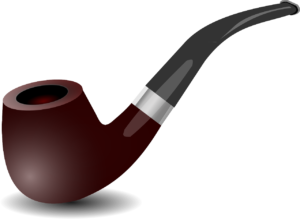Cigarettes aren’t the only way people use tobacco…
CHEWING TOBACCO
Chewing tobacco is a form of smokeless tobacco, most popular amongst South Asian communities, which comes in the form of leaves or plugs which you chew inside your cheek. Chewing tobacco consists of betel quid, also known as “paan” or “gutkha” and is a mixture of ingredients that includes the betel or areca nut, herbs and spices; these are then all wrapped inside a betel leaf. The chewing releases the flavour and nicotine, producing excess saliva, before it is spat out.
There are many misleading messages, mainly from manufacturers, regarding the safety and benefits of chewing tobacco. Like cigarettes, it still releases chemicals and poisons. Due to the chemicals being released in your mouth, and sometimes the tobacco juices swallowed, there is a significantly increased risk of throat, oesophagus, stomach and pancreatic cancers – but the most prevalent is mouth cancer, with users of chewing tobacco being four times more likely to suffer. Cancer Research UK notes that there is good evidence that using smokeless tobacco also increases the risk of liver cancer as well as heart disease and periodontal disease. Betel nut, one of the main ingredients of chewing tobacco, can cause cancer itself, so chewing betel quids can cause mouth cancer, even if no tobacco is added.
ROLL UPS
It is a common misconception that smoking roll-ups is more natural, organic and pure than tailor-made cigarettes and therefore doesn’t contain as many chemicals. However, roll-up tobacco is grown in the same place and manufactured in the same factories as tailor-made cigarettes. In fact, all manufactured cigarettes are tested for smoke yields and rolled tobacco generally comes out with higher levels of tar and nicotine, as well as exposing users to the same 4,000+ chemicals as tailor-made cigarettes. Many roll-up smokers don’t use a filter which only further increases the risk of negative health problems, including infertility, heart disease, lung disease and cancer, in particular mouth, oesophagus, pharynx and larynx cancers. Despite any attempts to control the amount of tobacco used in roll-up cigarette, no amount of tobacco is safe.




